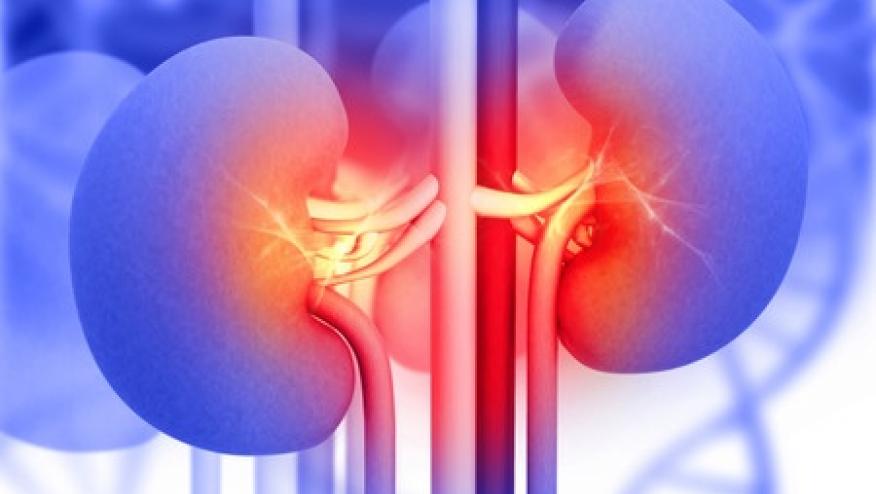Steroids Up the Risk of Organ Damage in SLE Save

Lancet Rheumatology has reported the results of a multicenter follow-up study of systemic lupus erythematosus (SLE) patients showing that organ damange is linked to glucocorticoid use, independent of clinical or serological disease activity.
Adult SLE patients from 13 centers in Australia, Indonesia, Japan, Malaysia, the Philippines, Singapore, Taiwan, and Thailand, and followed longitudinally with disease activity assessments, treatment changes and organ damage (as measured annually using the Systemic Lupus International Collaborating Clinics Damage Index (SDI).
A SLEDAI-2K score of 0 was taken to indicate the absence of clinical and serological disease activity; a subset of patients without disease activity during the study were defined by a time-adjusted mean SLEDAI-2K (AMS) score of 0.
A total of 1707 patients followed for a median of 2.2 years (IQR 1·5–3·0) and organ damage occured in 15% (n=255).
Prednisolone use was highly prevalent (82·3%) with a median time-adjusted mean prednisolone dose of 5·0 mg/day.
Damage accrural was independently associated with damage the time-adjusted mean SLEDAI-2K (AMS) (HR 1·32), mean PGA score (HR 1·05, p=0·0012), mean prednisolone dose, age at enrolment, and ethnicity (Asian vs non-Asians).
Nearly 9% had an AMS score of 0 (no disease activity), and two-thirds were on steroids and taking a mean prednisolone dose of 2 mg/day.
Irreversible organ damage occurred in 13% and was independently associated with time-adjusted mean prednisolone dose (HR 1·14), PGA score (1·13), and age at enrolment (1·04), but not baseline SDI (organ) damage (HR 0·94).
Glucocorticoid use contributes to damage accrual in systemic lupus erythematosus independently of the presence of clinical or serological disease activity.
This study is novel in that it shows that glucocorticoid use was independently associated with irreversible organ damage and not just a confounder for disease activity and organ damage. Organ damage may be added to the list of potential harms associated with long term steroid use, even at 5 mg daily.
In an accompanying editorial, Dr. Ruiz-Irastorza noted several limitations of the study - few were on background hydroxychloroquine adn that over 40% of the SLE patients had damage at the time of enrollment. He noted that the new 2019 EULAR guidelines for SLE call for the use of HCQ and DMARDs to allow for the tapering of oral prednisone doses thereby limiting glucocorticoid-related toxicity. Noting the potential benefits of glucocorticoids, he suggests that we should not have to pay the price of glucocorticoid toxicity as we attempt to control disease activity in SLE.










If you are a health practitioner, you may Login/Register to comment.
Due to the nature of these comment forums, only health practitioners are allowed to comment at this time.